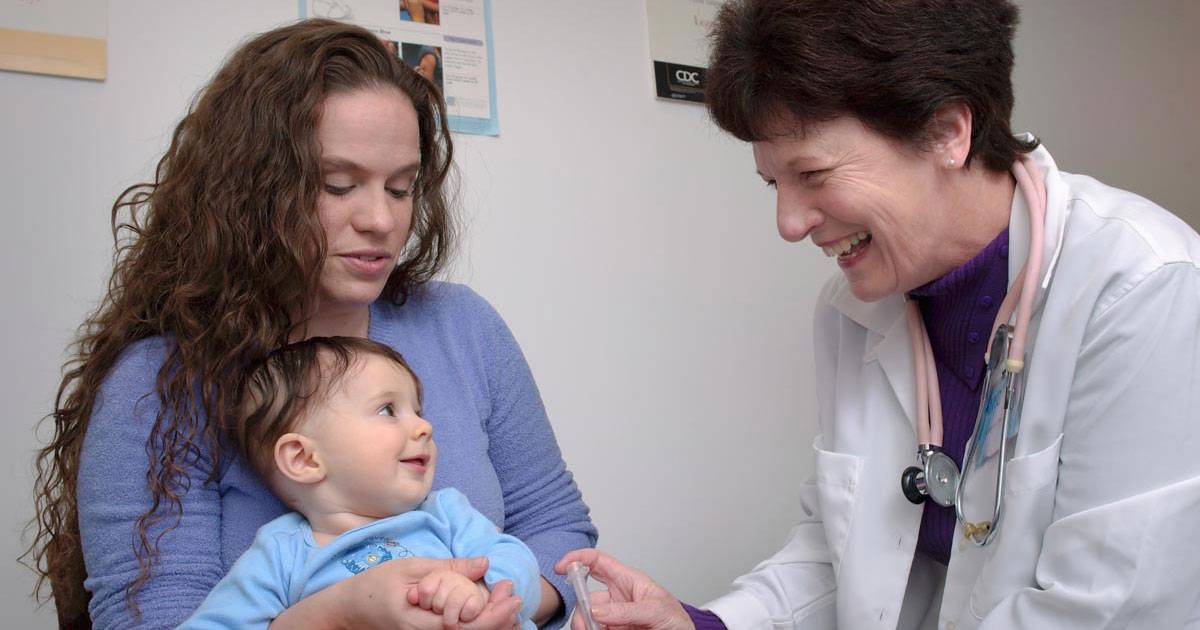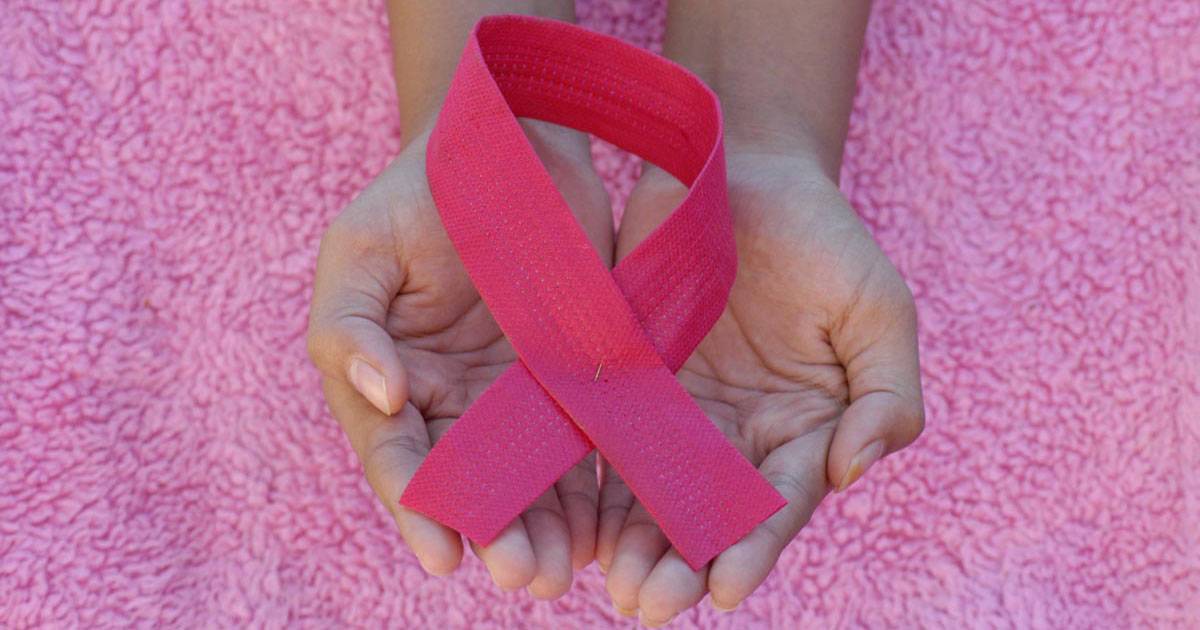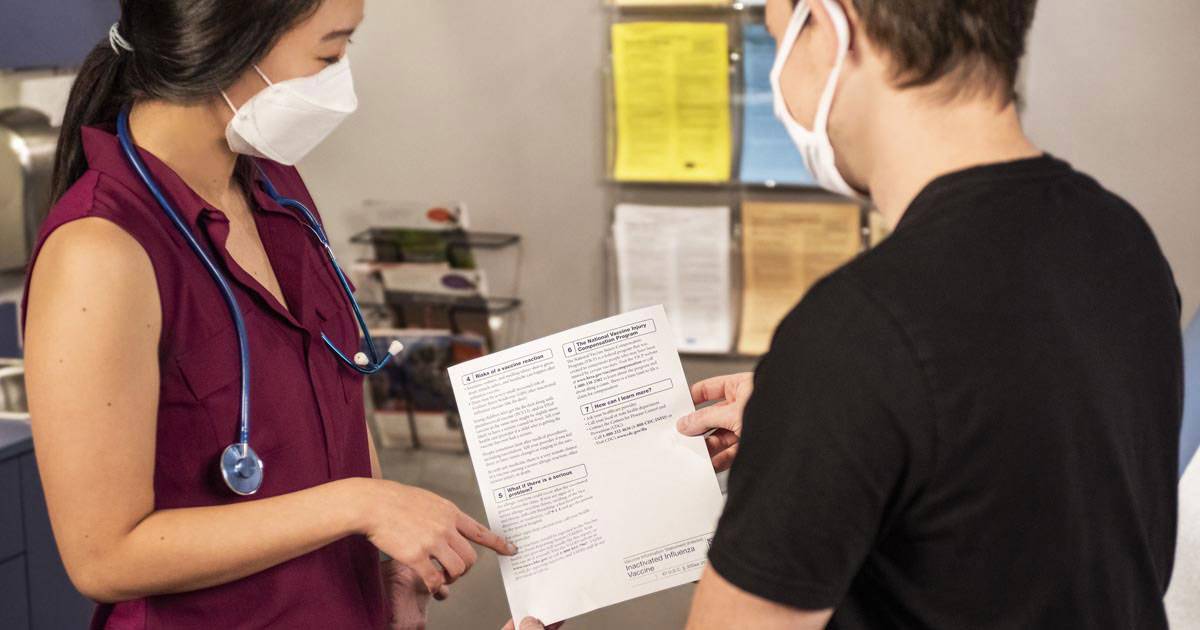It’s the National Lung Month – a time to pay attention to your kid’s respiratory health and educate yourself on common illnesses to prevent them from messing up your child’s health. It’s also very timely to discuss bronchitis in children, one of the most common childhood illnesses that is mainly caused by viral infection. One of its symptoms is difficulty in breathing, which can be alarming for parents, so preventing it is most essential by now.
Our medical services in Cebu are exactly what you need. We’ve compiled a list of prevention tips from our respiratory health experts who cater to protect your child from getting sick from pediatric bronchitis.
What is Acute Bronchitis?
According to the Centers for Disease Control and Prevention (CDC), acute bronchitis, or commonly known as chest cold is a short-term illness that causes the bronchial tubes or breathing tubes in the lungs to inflame and accumulate mucus. This occurs most often in infants and younger children as the small size of their airways are more easily blocked than in older children. In most cases, the symptoms are just mild and may develop quickly but last for only a few days or weeks.
It is often caused by a cold or flu virus, bacterial infections, or exposure to substances that can irritate the lungs, such as tobacco smoke, dust, strong fumes, allergens, and air pollution. If bronchitis is caused by a virus, it can be highly contagious for persons with direct contact with the patient.
In children, viral infection is the main cause of acute bronchitis. The symptoms may show after developing a cold, flu, sore throat, or viral infections in your children’s mouth, nose, or throat. – all covered by our ENT services.
 Photo courtesy of Gustavo Fring via Pexels
Photo courtesy of Gustavo Fring via Pexels
Children who have underlying respiratory conditions such as asthma, respiratory allergies, and chronic sinusitis may have a higher chance of developing acute bronchitis. Long exposures to secondhand smoke may also increase the risk for your children to be developing acute bronchitis.
What are the symptoms of Bronchitis in Children?
In line with the (CDC) article, acute bronchitis in children may often start with the following symptoms:
- Coughs (with or without mucus)
- Chest discomfort or soreness
- Fatigue
- Mild headache
- Body aches
- Sore throat
Other symptoms may include:
- Wheezing (a whistling breath sound)
- Low-grade fever
- Chills
- Shortness of breath
Symptoms usually go away after a few days or weeks but if your child still shows signs of the illness for over two weeks or has shown blood in their mucus, you must urgently set an appointment with your doctor and ask for medical help. Your child may need treatment with antibiotics or medicines that can help in their breathing.
How Can Parents Prevent Bronchitis in Children
Prevent your child from having this pediatric bronchitis before it even develops or worsens. Let’s discuss these helpful tips for your child’s safety.
1. Always keep your child’s hands clean.
Your child comes in contact with germs every day so encouraging them to wash their hands properly can help prevent the spread of a lot of diseases – not just acute bronchitis.
For more effective handwashing, use warm water and antibacterial soap. Make sure your child doesn’t forget to wash their wrist, fingers, and under nails.
 Photo courtesy of Ketut Subiyanto via Pexels
Photo courtesy of Ketut Subiyanto via Pexels
This prevention technique is the easiest and cheapest way of preventing sick days and trips to your doctor!
2. Do breathing exercises.
Let your child play outside. It’s their way of doing aerobic exercise to give their heart and lungs a good workout. Or you can do breathing exercises with your child regularly to increase oxygen levels. Here are the two most effective breathing exercises:
- Pursed lip breathing – breathing in through your nose then breathing out twice as long through your mouth with your lips pursed.
- Diaphragm breathing – breathing in through your nose and breathing out twice as long through your mouth while pressing down your abdomen.
There are a lot more ways to do breathing exercises so be creative to engage your children.
3. Avoid people who have cold or flu symptoms.
Children have lower immunity so they can easily catch a cold or flu. Avoid your child from people who show signs of any flu. Acute bronchitis can be contagious since it’s caused by a viral or bacterial infection so stay away from direct and indirect contact with sick people. Do not let your child share the same kitchen utensils, bed accessories and personal items with people who show the symptoms.
4. Wear a mask.
 Photo courtesy of August de Richelieu via Pexels
Photo courtesy of August de Richelieu via Pexels
COVID-19 has taught us the value of wearing face masks but even after the pandemic, this must be still practiced, especially when we’re in crowded places or not feeling well, as to prevent even the mildest illness from spreading.
Masks block respiratory droplets from reaching your child’s mouth and nose. Let your child wear a mask whenever they go outside to also avoid substances that may irritate the lungs like dust, allergens, and fumes.
Most children are now used to wearing face masks but there are still some young children who feel uneasy wearing it. You can teach your child to wear their masks by teaching them why they have to wear them and how to put and take them off. You can also find fun and decorated masks to attract their interest in wearing them.
5. Cover when sneezing or coughing.
Now that we’ve seen the figures of how easy it is for COVID-19 to spread, we’re all more keenly aware of how vulnerable we are in catching any illness caused by germs, especially our children.
Teach your child these basic hygiene etiquettes to prevent the spread of germs:
- Cover their mouth and nose when coughing, sneezing, or blowing their nose with clean tissue to stop the spread of germs.
- Use their elbow if there is no available tissue but never cough into their hands or open air.
- Throw used tissues in the trash immediately.
- After sneezing or coughing, immediately wash hands or use alcohol-based sanitizer.
Following these basic etiquette is extremely essential for infection control measures. It won’t just protect your child but all people around you, too.
6. Keep your kids away from secondhand smoke.
Even though the most common cause of acute bronchitis in children is viral infection, lung irritants such as secondhand smoke increases your children’s risk to catch the disease. Your children are still on the stages of developing their body systems, and exposure to tobacco smoke can weaken their lung immunities.
Thus, you must not allow smoking inside your home, vehicle, or any closed area since ventilation systems cannot fully eliminate anyone’s exposure to secondhand smoke. This is especially important if you have infants or smaller children at home for there are numerous health problems tobacco smoke can cause.
7. Keep your child’s toys and all surfaces clean.
Germs are everywhere, especially in high-touch areas. How is that, you say? An infected person can spread germs by sneezing or coughing into the open air, or even touching a surface with unwashed hands. When your child touches the same surface an infected person does then touch their eyes, nose, or mouth, they will possibly be ill.
Infants cannot avoid putting anything they see into their mouth so having everything in your house clean can prevent bacterial or viral infections. Disinfecting your child’s toys and generally having a clean environment will avoid the spread of germs. Clean high-touch surfaces like doorknobs, handles, phones, toys, and floors daily, and after having visitors.
8. Feed your child foods rich in antioxidants.
Foods rich in antioxidants helps remove toxins and free radicals from the body – important for generally keeping your children’s lungs healthy. Plus, eating the right kind of food will strengthen the natural defense system that is designed to protect the lungs from infections.
There are foods that are specifically beneficial for the respiratory system. Create a balanced diet for your child that is full of fruits, vegetables, healthy nuts, and lean meat. Daily intake of vitamins can also promote healthy immune systems. Here are some foods to improve lung function:
- Beets and beet greens
- Peppers
- Apples
- Turmeric
- Tomato
- Red cabbage
- Yogurt
- Lentils
- Cocoa
Aside from knowing the best foods for the lungs, you should also take note of the food that promotes bad health like white bread, chips, and chocolate
9. Use steams.
Steams are great for the lungs since inhaling water vapor can open the lung airways and drain mucus. If your child got viral infections, using steam therapy will lower the risks of developing other severe symptoms since it cleanses the lungs through removing excess mucus and improves your child’s breathing.
So bathe your child with warm to hot water or use humidifiers or vaporizers at home. But note that vaporizers may not be appropriate for small children because it uses extreme heat as vapors which may lead to burns.
This tip may only be effective in temporary prevention of symptoms but more studies are needed to fully support it.
10. Get a flu shot.
Getting a flu shot may reduce the chance of having respiratory tract infections and eventually decrease the chance of acute bacterial bronchitis. It is recommended that children ages 6 months and older can get the flu vaccine. The vaccine isn’t 100% effective but can still significantly reduce the risk of catching any viral infection.
Before scheduling flu vaccines for your child, you should first consult pediatricians as they can give you the best advice when your child should get vaccinated.
 Photo courtesy of CDC via Pexels
Photo courtesy of CDC via Pexels
11. See your doctor regularly.
Regular visits with your child’s pediatrician can ensure that your child’s growth, development, and immunization are on track. Check-ups can address health concerns immediately and avoid serious health problems with your child.
Younger children will need to have more check-ups. Infants from ages 24 months old and below must see their pediatrician at least 4 times a year. These frequent visits will allow your doctor to examine your child and observe potential problems early. If your child ages 2 and above, you can visit the doctor at least once a year, or as advised by the child’s pediatrician.
If you are interested in taking your child to a doctor or just want more of our expert tips for your child’s health, our professional staff at The Hospital at Maayo can guide you through. Contact us today to book an appointment!
































Leave a Reply